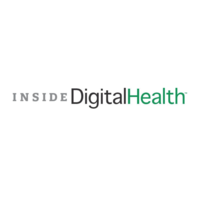By: Samara Rosenfeld
In a push to improve the interoperability of health data, Holon Solutions today announced its event-triggering technology has been awarded a U.S. patent. When used in tandem with Holon’s patented sensor technology, the CollaborNet platform aims to zoom in on the most important patient information from an electronic health record (EHR) or third-party source at the point-of-care.
“Not only is too much irrelevant data inefficient, but it can also hinder providers from delivering safe, high-quality care while contributing to burnout,” said Julie Mann, chief commercial officer of Holon. “Holon’s two patents are laser-focused on eliminating these challenges that providers face every day.”
The newly patented technology detects workflow events, like a physician opening a patient chart. It triggers Holon’s sensors to identify care gaps and a wide array of other factors from third-party analytics platforms, portals, health information exchanges, outside providers’ EHRs and other data sources connected to the provider’s organization.
Holon claims the platform presents the most relevant information next to the electronic chart in the physician’s workflow.
Robert Connelly IV, chief strategy officer of Holon, said the company believes the technology solves interoperability challenges that healthcare providers face every day, including data gaps, too much irrelevant information at the point-of-care and the burden of searching manually for information within a provider’s workflow.
“CollaborNet overcomes all these obstacles and now we have the patents and experience to provide it,” Connelly said.
To make the platform successful, Holon works with healthcare organizations before implementing the technology to learn which information providers want to see. CollaborNet only surfaces that predetermined information, the company claims.
And Holon says its clients, including Philips, NextGen and Arizona Center for Internal Medicine, are benefiting from the technology.
“As a result, our clients tell us they are saving minutes on every patient encounter and have significantly improved their user experience with their EHR,” Mann said.

